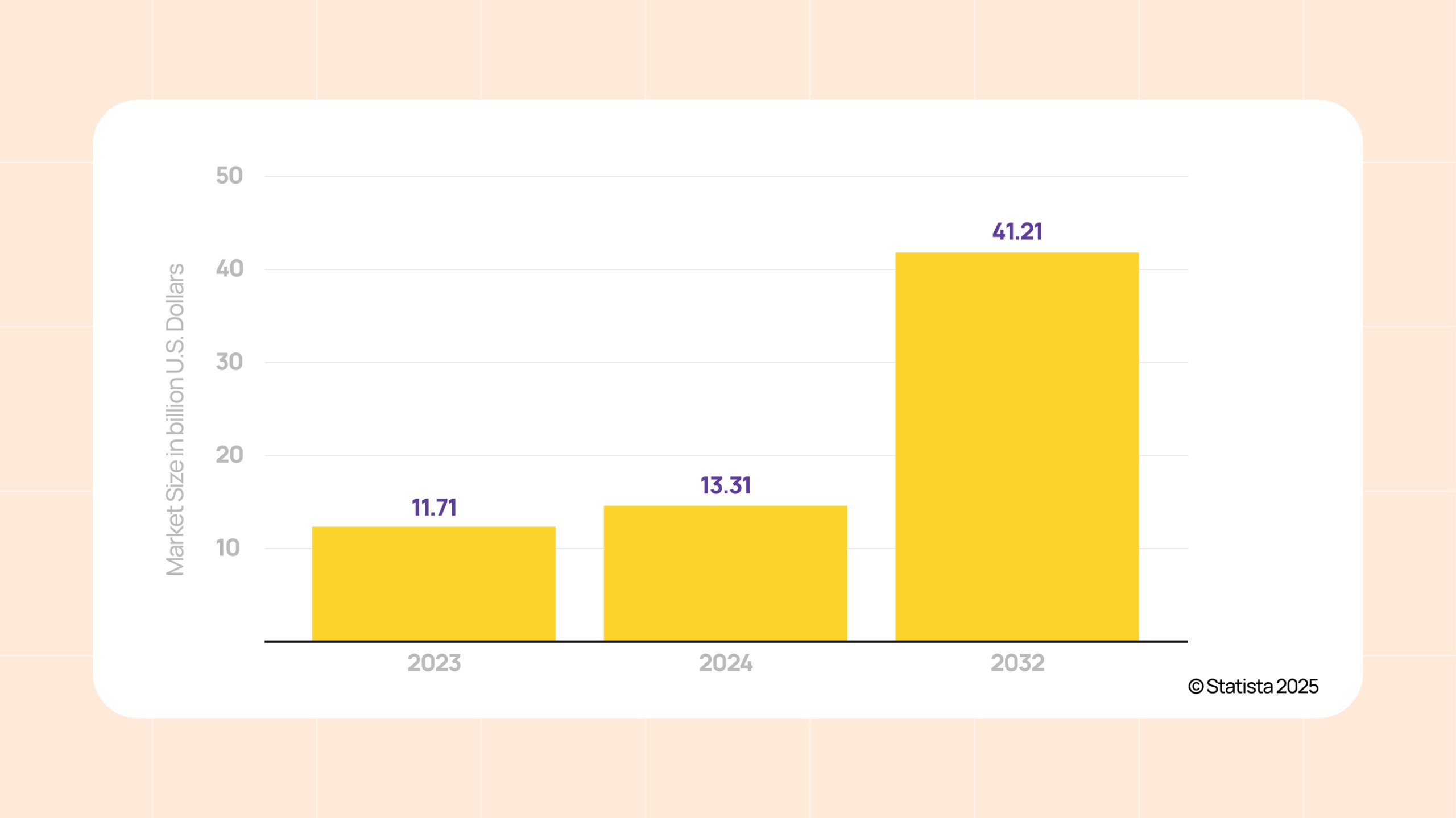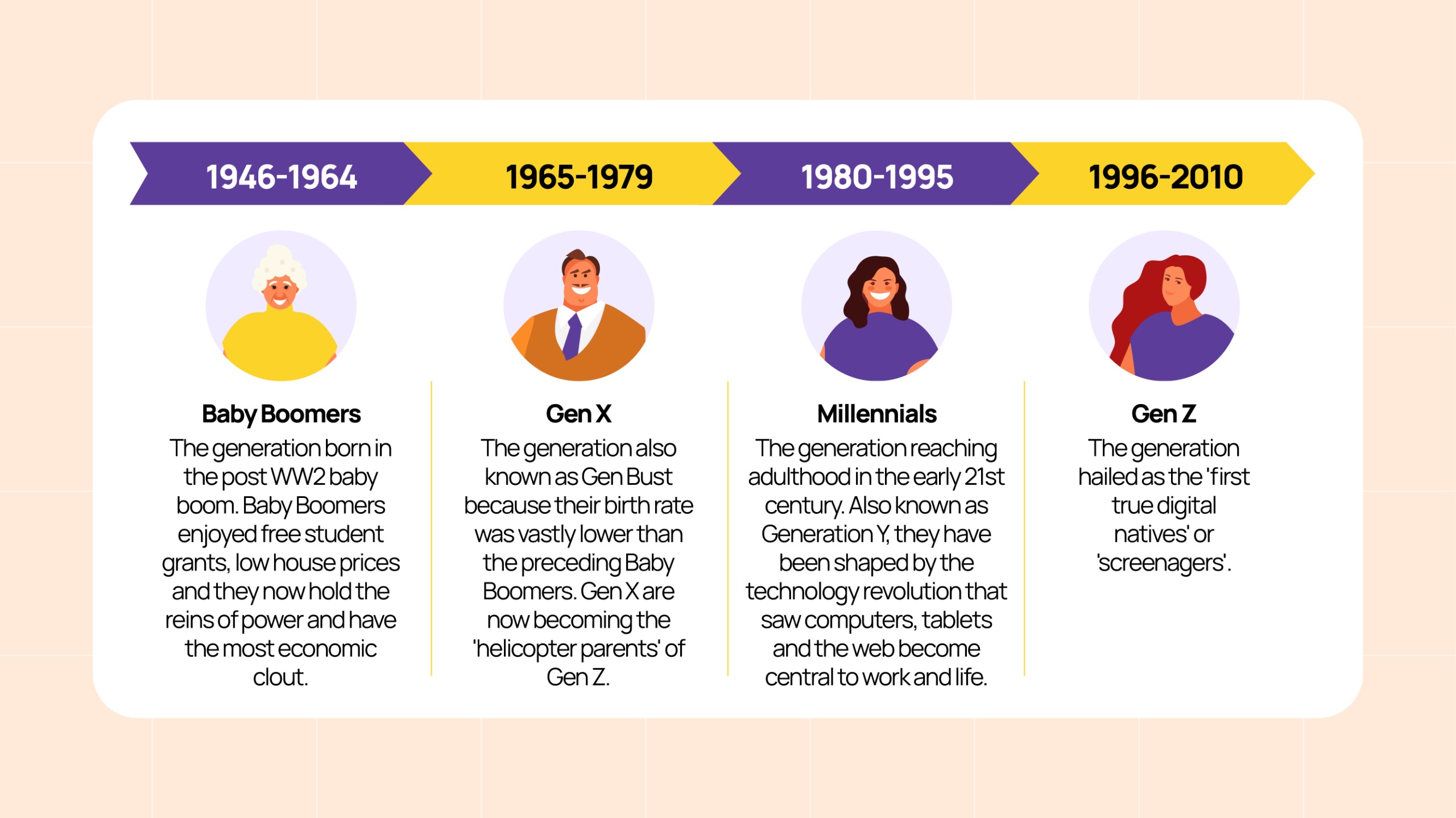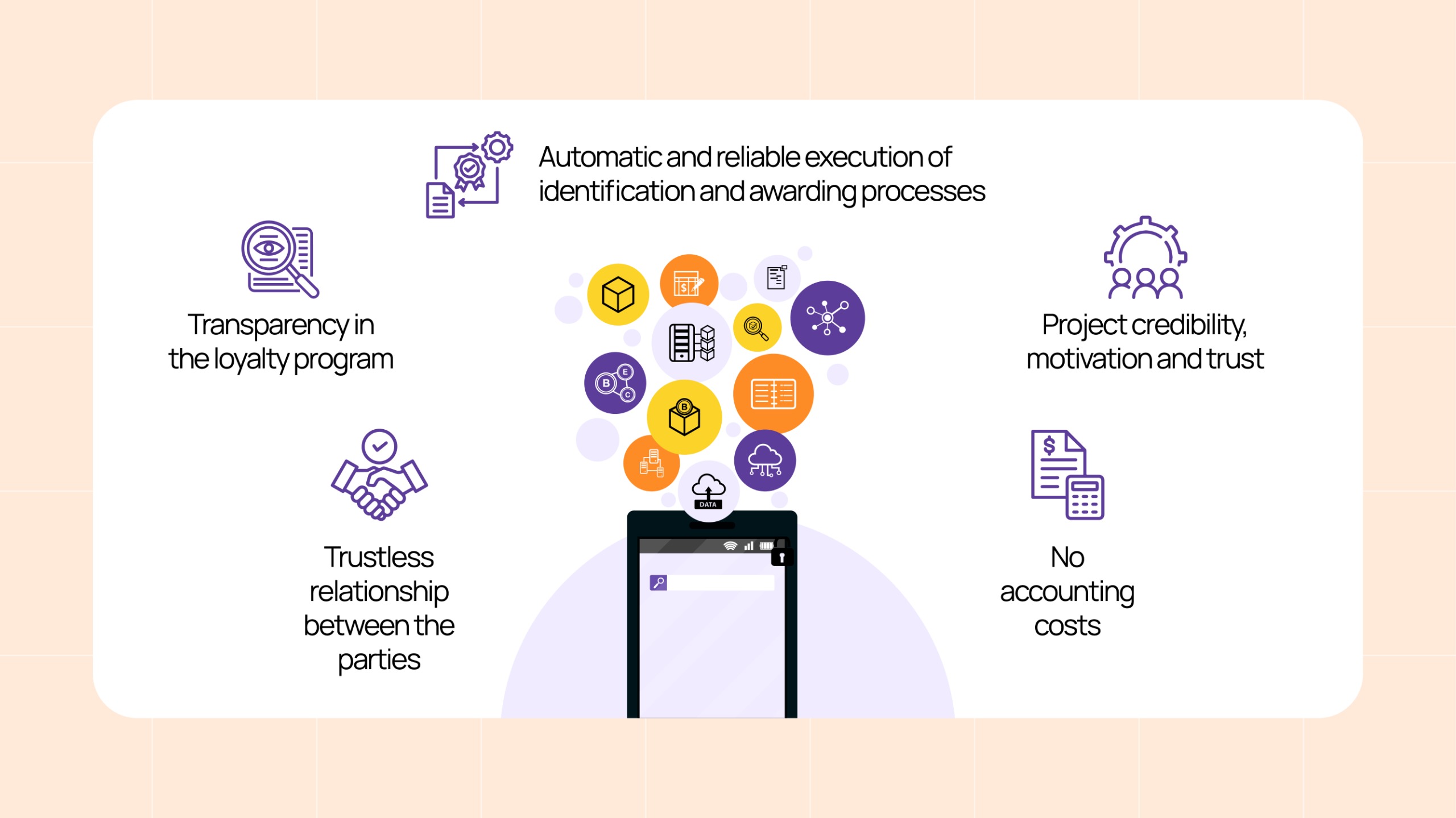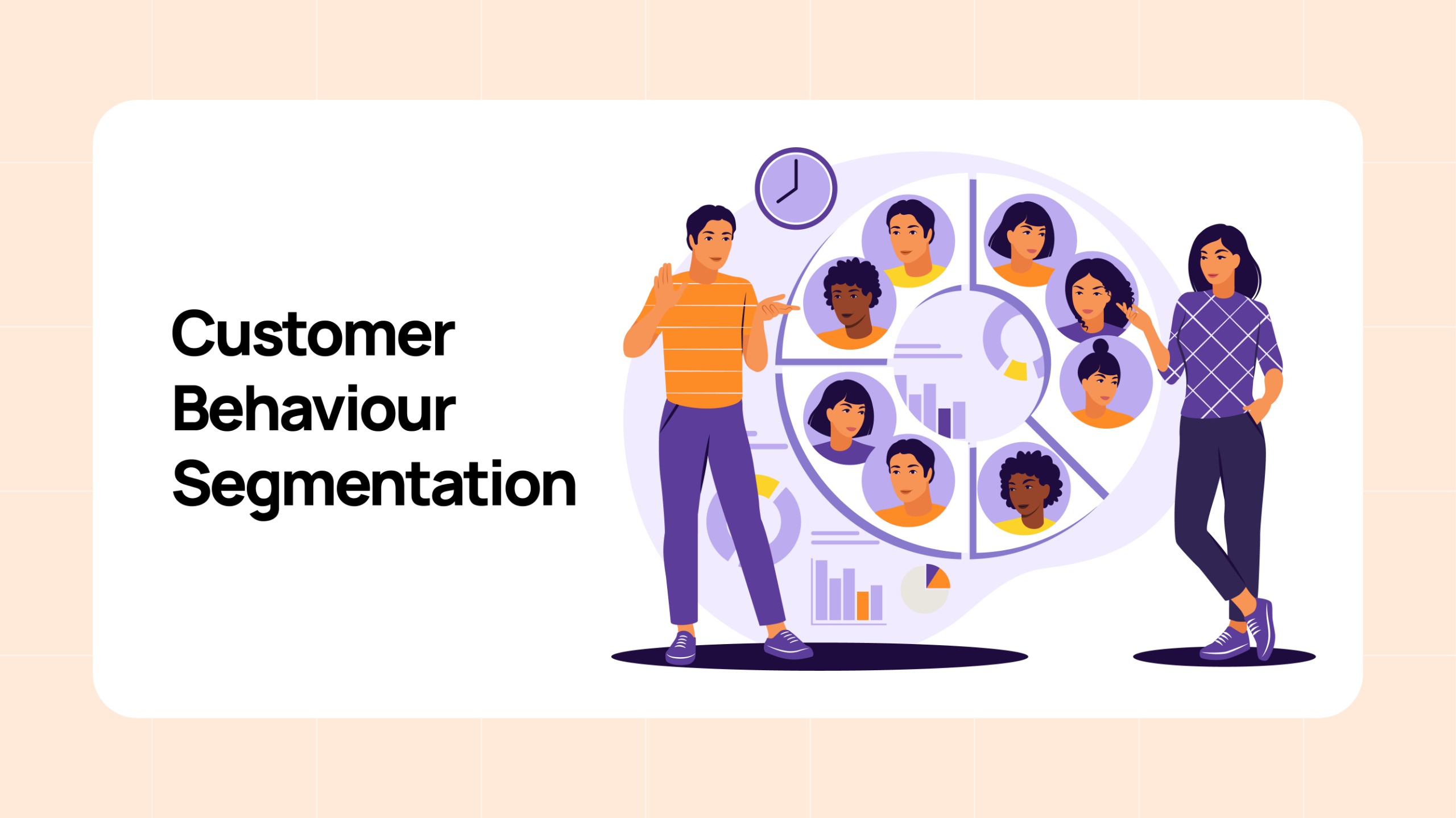
What if your loyalty program could easily engage every generation — from Gen Z to Baby Boomers?
Creating the perfect loyalty program feels like designing the perfect product – it has to work for everyone but stand out for each individual. It’s about creating a dynamic, adaptive, and personalized experience that speaks to the unique preferences of Gen Z, Millennials, Gen X, and Baby Boomers. In 2023, the global loyalty management market is valued at $11.71 billion (Statista), proving that the demand for effective, innovative loyalty strategies has never been higher.

Image: Global Loyalty Management Market
Source: (Statista, 2025)
In this article, we will explore how to design a universal loyalty program that leverages the latest technologies, data insights, and advanced strategies to appeal to all customer generations and ensure long-term engagement and brand loyalty.
The Core Principles of an Effective Loyalty Program
When designing a loyalty program that resonates across generations, it’s crucial to strike the right balance between simplicity and personalization. A successful program must deliver tangible value to customers, while also providing a seamless experience that aligns with the distinct needs of each generation.
Simplicity for Baby Boomers & Gen X: The Backbone of Trust and Reliability
Simplicity for Baby Boomers & Gen X: The Backbone of Trust and Reliability
For Boomers and Gen X, simplicity is paramount. These generations value clear, straightforward systems that are easy to understand and don’t require much effort to engage with.
- Key Insight: According to Emarsys, 94% of consumers are loyal to a brand when they commit to full transparency. Thus, transparency is a critical element. Loyalty programs for these generations need to be clear and concise, with simple reward structures that don’t confuse or overwhelm.
- Automation & Convenience: Boomers and Gen X want a hassle-free experience where they don’t need to jump through hoops to claim their rewards. For them, the implementation of automated point tracking and easy redemption systems is important as it provides low-effort engagement.
Example: CVS ExtraCare is an excellent example of simplicity done right. With its straightforward cashback rewards and clear terms, CVS has built an easy-to-navigate program that fosters trust and increases engagement among Boomers and Gen X. This program doesn’t require much effort to participate in—ideal for customers who value efficiency and clarity.
Personalization for Gen Z & Millennials: Hyper-Personalization Meets Digital Experience
While simplicity works for the older generations, Gen Z and Millennials demand a more tailored experience. They expect personalized rewards that reflect their individual preferences, behaviors, and values.
- Omnichannel Personalization: To deliver a cohesive, seamless experience across all touchpoints, Millennials and Gen Z should be able to interact with your loyalty program on multiple platforms starting from mobile apps to social media channels and in-store experiences. This is backed by the data from UniformMarkets, which highlights that omnichannel strategies generate 80% more in-store visits from customers.
- AI & Data-Driven Personalization: AI and ML are effective in predicting a customer’s preferences, behaviors, and future needs. Brands can leverage artificial intelligence (AI) and machine learning (ML) to create dynamic, personalized rewards that are both relevant and timely.
Example – Airbnb’s loyalty program is an excellent example of hyper-personalization in action. By utilizing AI, Airbnb tailors rewards to individual user behavior, offering personalized experiences such as unique travel experiences based on past bookings. This data-driven approach creates a sense of exclusivity and makes the program feel truly bespoke, which resonates deeply with Millennials and Gen Z who value personalized service.
Understanding Your Customers & Tailoring Loyalty for Every Generation
Understanding the unique needs and behaviors of each generation is key to effectively tailoring your loyalty program.

Image: Different Generations that use Loyalty Program
Source: (Self-made)
Gen Z (18-24): Digital-First & Values-Driven
What They Want:
Instant rewards, gamified experiences, and purpose-driven loyalty are tied to causes like sustainability. This generation values immediacy and alignment with their beliefs, seeking not just transactional rewards but meaningful connections with brands.
Key Insight:
Predictive analytics can anticipate their preferences, offering hyper-personalized and timely rewards.
Actionable Tip:
Gamification features like leaderboards, habit loops, and FOMO-driven rewards can effectively engage this generation. Real-time redemption ensures their need for instant gratification is met.
Example:
Sephora’s Beauty Insider Program successfully incorporates gamified rewards and interactive app features, making loyalty fun and engaging for Gen Z.
Millennials (25-40): Experience-Driven & Socially Engaged
What They Want:
Experiential rewards such as exclusive access to events, early product launches, and programs aligned with their values (e.g., social responsibility, environmentalism).
Key Insight:
AI-powered personalization ensures rewards resonate deeply with their preferences and behaviors, while referral programs amplify engagement through social proof.
Actionable Tip:
Use data insights to tailor experiential rewards, such as VIP event access or personalized recommendations. Integrating loyalty programs with social media encourages sharing and amplifies word-of-mouth marketing.
Example:
Spotify’s Premium Loyalty Program delivers personalized playlists and exclusive concert access based on listening habits, aligning perfectly with Millennials’ desire for unique experiences.
Gen X (41-56): Practical & Flexible
What They Want:
- Gen X values clear, straightforward rewards and flexibility. They prefer multi-brand redemption options, allowing them to use points across various purchases and brands.
Key Insight:
- Use tiered rewards that provide exclusive multi-brand benefits. Leveraging data insights helps understand customer purchasing patterns and spending behavior, which allows you to offer rewards across a variety of brands and services they engage with.
Actionable Tip:
- Providing flexible reward options that let Gen X redeem points across various categories (e.g., food, travel, shopping).
- Brands can offer cross-brand partnerships with brands they are likely to engage with to increase the overall appeal.
Example:
- Starbucks Rewards allows multi-platform redemption (coffee, merchandise, etc.), offering practical value and flexibility for Gen X, who value straightforward, practical rewards.
Baby Boomers (57+): Trust & Value
What They Want:
- Baby Boomers prioritize reliable, tangible benefits, such as discounts, cashback, and exclusive services. They appreciate loyalty programs that are simple, consistent, and easy to understand.
Key Insight:
- Baby Boomers are more likely to respond positively to automated systems that offer predictable rewards and clear communication. They prefer low-effort engagement with straightforward and transparent benefits.
Actionable Tip:
- Ensure reliable rewards, easy redemption systems, and predictable benefits.
- Brands can use data to personalize discounts and exclusive services based on their preferences and purchase behavior.
Example:
Costco’s Membership Program: Provides exclusive discounts and value-driven services, appealing to Baby Boomers who appreciate simplicity and clear value.
Leveraging Emerging Technologies for Loyalty Success
As technology continues to evolve, so too should your loyalty program. With advancements in AI, blockchain, and mobile integration, loyalty programs are becoming more sophisticated, providing a more seamless and personalized experience for every generation.

Image: Benefits of Leveraging Technology in Loyalty Program
Source: (Self-Made)
- AI & Predictive Analytics: Brands can use AI and predictive analytics to anticipate customer preferences, and make their rewards system more dynamic. These tools can recommend rewards based on individual behaviors and preferences by analyzing historical data and creating more personalized experiences that keep customers engaged.
- Blockchain for Transparency and Trust: With increasing concerns about privacy and fraud, integrating blockchain technology ensures data transparency and security. This is especially important for high-value customers who need to trust the program’s integrity.
- Mobile Integration & Real-Time Feedback: Mobile-first loyalty programs allow customers to earn and redeem rewards through mobile apps while providing real-time notifications. This enhances customer engagement and satisfies Gen Z’s and Millennials’ instant gratification needs.
The Power of Data-Driven Loyalty: Harnessing Insights to Optimize Engagement
In the age of big data, your loyalty program should not just be about offering rewards—it should also involve using data to optimize the customer journey and deliver timely, relevant offers.

Image: Customer Behavior Segmentation
Source: (Self-Made)
- Segmentation & Personalization: Brands should implement advanced segmentation strategies (like RFM) to divide their customer base into meaningful groups based on demographics, purchase behavior, and psychographic data. This allows for the creation of hyper-targeted campaigns and personalized rewards that resonate with different segments.
- Behavioral Insights: Behavioral insights can be used to understand customer preferences, predict future needs, and send out real-time offers. This approach keeps customers engaged by offering them the right rewards at the right time.
- Gamification with Data: Leveraging data-driven gamification strategies by introducing elements like leaderboards and achievement-based rewards can enhance customer engagement. Tailoring the reward structure based on real-time data will also help track and incentivize continued interaction.
Building Trust and Emotional Connections with Your Loyalty Program
Emotional connection plays a significant role in long-term loyalty. According to a study by Harvard Business Review, emotionally engaged customers are at least 3x more likely to recommend a product, or service of the brand and 3x more interested in re-purchase. Thus, with this insight, your loyalty program should be able to:
- Build Trust: A successful loyalty program should be built on trust. Transparency in how data is used and clear communication about terms and conditions are vital. Customers are more likely to stay loyal if they feel confident in your program’s integrity.
- Purpose-Driven Rewards: For Gen Z and Millennials, loyalty is not just about what they get—it’s about what the brand stands for. Values-driven rewards, such as eco-friendly initiatives or community-based efforts, foster deeper emotional engagement.
- Recognition: It is critical to acknowledge loyalty beyond the transactional. Recognizing milestones (e.g., anniversaries, and birthdays) and providing exclusive benefits for high-tier members strengthens the emotional bond between the brand and the consumer.
Creating a Loyalty Program that Evolves with Customer Expectations
Your loyalty program must be dynamic to win over every customer. It should evolve with changing customer preferences and industry trends. Regularly revising your loyalty program based on customer feedback, market research, and emerging technologies ensures that it stays relevant and continues to engage your audience effectively.
- Customer Feedback Loops: Implement surveys and focus groups to continuously gather feedback from their customers about the rewards and experiences they value most can be used to adjust and enhance your loyalty offerings.
- Adapting to Trends: Stay updated with emerging technologies like blockchain, NFTs, and digital wallets. These technologies not only enhance customer engagement but also offer new ways to reward and incentivize customers.
- Regular Program Audits: Conduct regular audits to analyze the performance of your loyalty program. Are you seeing a decline in engagement? Are certain generations disengaging? Constantly evaluate and adjust based on this data.
Conclusion
In today’s rapidly evolving marketplace, designing a loyalty program that appeals to every generation isn’t just a strategy—it’s a necessity. By balancing simplicity for Baby Boomers and Gen X, while offering hyper-personalized, digital-first experiences for Millennials and Gen Z, brands can foster deeper customer connections and drive sustained engagement.
The key is to stay agile—adapt your program to emerging technologies, personalized data insights, and consumer behavior shifts. Whether through AI-powered personalization, gamified experiences, or real-time rewards, creating a loyalty program that evolves with your audience will ensure long-term success.Audit your current loyalty program and ask yourself: How personalized is it for Gen Z and Millennials?